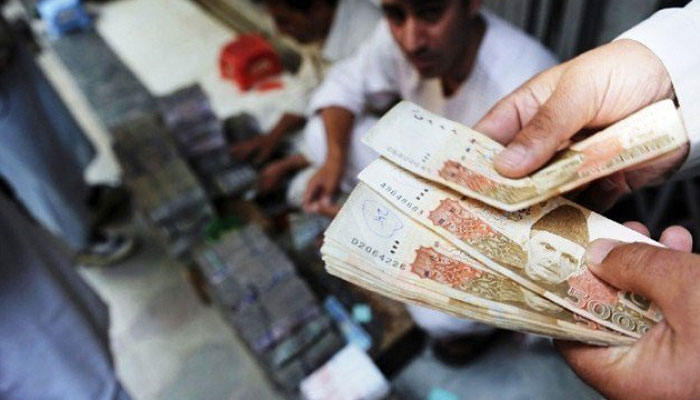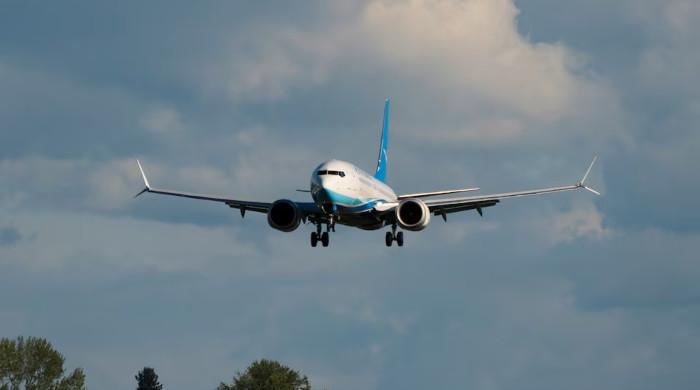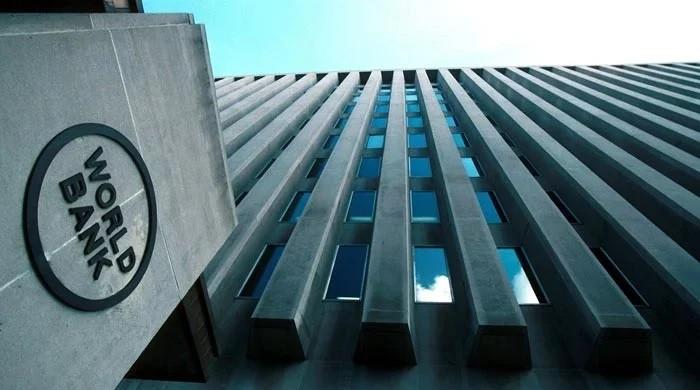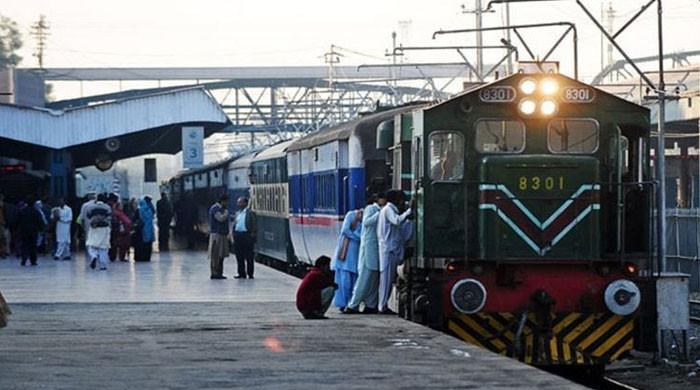Rupee remains stable against dollar
US dollar closes at Rs268.83 in the interbank market after local currency loses 0.94
February 01, 2023

- US dollar closes at Rs268.83 in interbank market.
- Rupee loses 0.94 at trade close.
- Analysts say rupee's movement linked to IMF deal.
KARACHI: The Pakistani rupee on Thursday remained stable against the dollar as the market is looking for direction amid the government's ongoing tough parleys with the International Monetary Fund (IMF).
US dollar closed at Rs268.83 in the interbank after the local currency lost Rs0.94, according to data from the State Bank of Pakistan (SBP).
Capital market expert Saad Ali told Geo.tv that the rupee is registering gains due to two reasons: the market's optimism surrounding the continuation of talks between the IMF and the government, and the steps the government is taking and because an element of speculation is receding from the market.
Since a cap on the currency was lifted on January 25, the rupee has been falling in order to shift to a market-driven exchange rate.
The local currency lost Rs38, or 14.1%, overall since January 25 compared to last Wednesday’s close of Rs230.89 to a dollar, according to the SBP data.
Following the massive plunge the rupee became the region’s worst-performing currency so far this year, slumping 16%.
The crisis-hit country is dealing with a serious balance of payments crisis and has just about three weeks’ worth of import coverage in foreign exchange reserves. Pakistan is scrambling to secure foreign financing to avoid default.
As of January 20, the foreign exchange reserves of the central bank stood at $3.7 billion.
It should be noted that after the government's move to remove the self-imposed cap, the exporters have drawn more loans even though export activity was low. This suggests that exporters borrowed in the local currency (at high rates) but did not bring in their export proceeds.
Analysts estimate this figure to be around $2.5 billion. Now having a windfall they may not wait for the rupee to depreciate further in a race to pay back their high-interest money and to quickly procure raw materials before the prices jump up, according to Tresmark.











